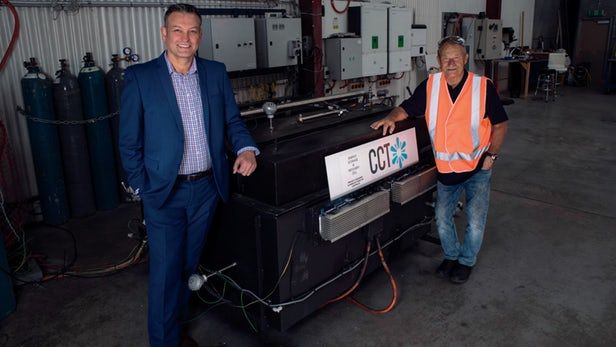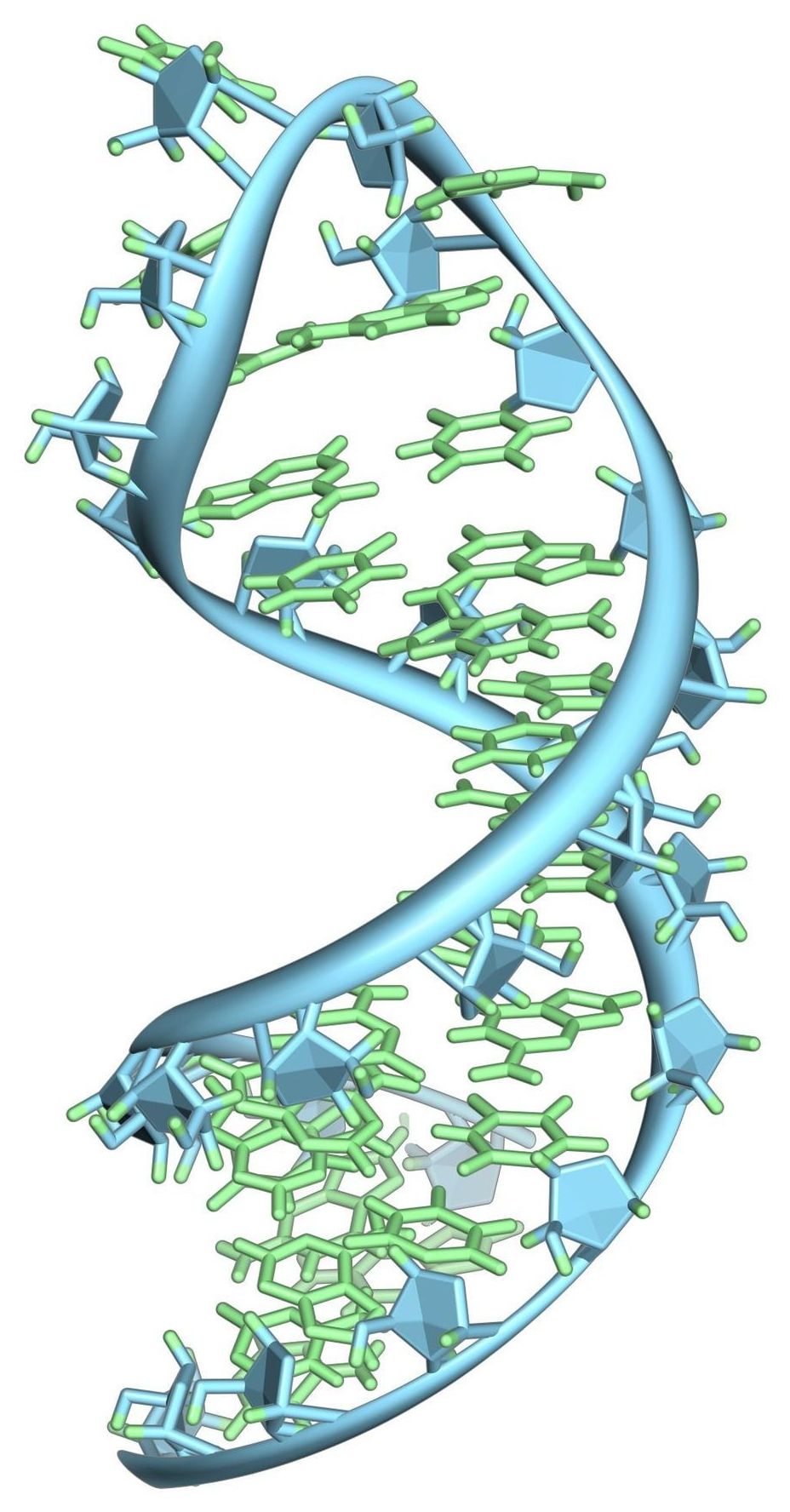South Australia has recently put the world’s biggest lithium battery into operation – but perhaps it should’ve waited. A local startup says it’s built the world’s first working thermal battery, a device with a lifetime of at least 20 years that can store six times more energy than lithium-ion batteries per volume, for 60–80 percent of the price.







